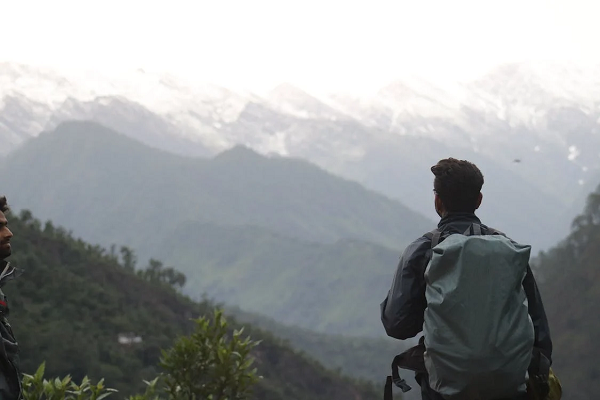Imagine spending a day soaked in sweat, bathing in the warm sunshine, and inhaling the freshest air while soaking in all the green trees and fields. Hiking is genuinely a soul-soothing and equally physically challenging adventure that allows you to connect with nature while feeling self-accomplished.
It is not only a mere hobby that gets you out of the house in your free time. It is brimming with health benefits that essentially promote your overall well-being. Here’s a great article to motivate you to pick up those hiking shoes and get your sedentary body out onto the nearest trail.
The breath of fresh air and mental relief that comes with this healing activity can quickly have a turn of events when your sore feet have an added misery of blisters. Those painful fluid-filled pockets that form on your feet can be a hiker’s worst nightmare. It can quickly turn from just a nuisance discomfort on your feet to an excruciating pain when the strenuous activity of climbing steep trails causes it to burst and peel off.
A blister forms when friction with the insides of your shoes repeatedly stretches the skin, causing a tear between the layers that quickly fills with fluid. Essentially, blisters are a natural consequence of being on your feet for an extended period, and such is the nature of hiking. However, it doesn’t have to happen every time your feet are placed under high pressure. In fact, the risk of acquiring a blister can be significantly reduced with the right choice of hiking socks and proper foot care.
Table of Contents
Hiking Socks Considerations for Proper Selection
Your hiking socks are your first line of defense against blisters. They are the soft sheet that acts as a barrier between your skin and the rough surface of your shoes, minimizing friction and wicking moisture and providing ample cushion and support for your feet. Therefore, you must take your time when you buy hiking socks and take into account the following factors:
The type of material matters. Materials like merino wool and synthetic blends are perfect choices for hiking socks. The Merino wool wicks moisture, prevents blisters, and controls odor, while the synthetic blend has quick-drying properties that offer durability. Additionally, cotton socks are typically frowned upon in hiker’s society, as they are notorious for retaining moisture keeping your feet moist the whole time.
Choose socks with a seamless design. Sift through your hiking sock options carefully and ensure they are seamless in the toe area. Seams often elevate friction and may result in blisters forming. With a seamless design, your feet will experience less friction with the fabric, keeping your skin safe from prick wounds and blisters.
Find better cushioning properties. Sock thickness depends on the season and terrain. You must do your due diligence and research beforehand on the terrain of the trail you will be hiking and the likely weather you will experience. Thick socks offer cushioning for rugged trails and cold weather but can make your feet sweat in hot, humid conditions. Opt for thin, moisture-wicking socks in such weather conditions.
Know your sock size to ensure perfect fit. The best hiking socks will fit snugly on your feet and will not move around when you walk for long periods. Wrinkles and bunching in your socks can create pressure points and lead to blisters. The right fit minimizes friction and discomfort and mitigates the risk of blisters.
Foot Care Best Practices for Optimum Hiking Experience
Choosing the best-fit socks is not enough to mark you safe from blisters. Hiking is a strenuous activity with many uncontrollable factors and risks. To ensure that hiking remains a joyful experience, here are some additional guidelines for you to keep in mind before declaring you’re a hiking expert.
Gradually increase the intensity of your hike trails. It is important that you start with beginner trails if you have only recently taken up hiking as a hobby. This allows you to build your stamina and foot resilience. With constant exposure to this activity, your feet will develop callouses that will fully terminate any risk of blisters.
Learn to identify hot spots. Hot spots are areas where you feel like a blister is building up but has not yet fully formed. Immediately address these spots by taking preventive actions, including applying powder or petroleum jelly to these problem areas.
Always bring first-aid kits. Blisters are not the only threats you face when doing a strenuous activity outdoors. Anything can happen, and with these many uncertainties, the best thing that can give comfort is knowing that you are coming prepared. Fill your first aid kit with blister treatment, bandages, disinfectant, and other tools that you feel are relevant for any medical emergencies you experience throughout the hike.
To ensure you are fully equipped to deal with blisters if they form, here’s a good reference material: https://www.aad.org/public/everyday-care/injured-skin/burns/prevent-treat-blisters

Blisters are a typical hiker’s eternal foe, but with the proper sock selection and best practices for foot care, you can enjoy your hikes without the agony of blisters. With the perfect socks, you can venture into the outdoors blister-free, fully immersing yourself in the awe of nature.

